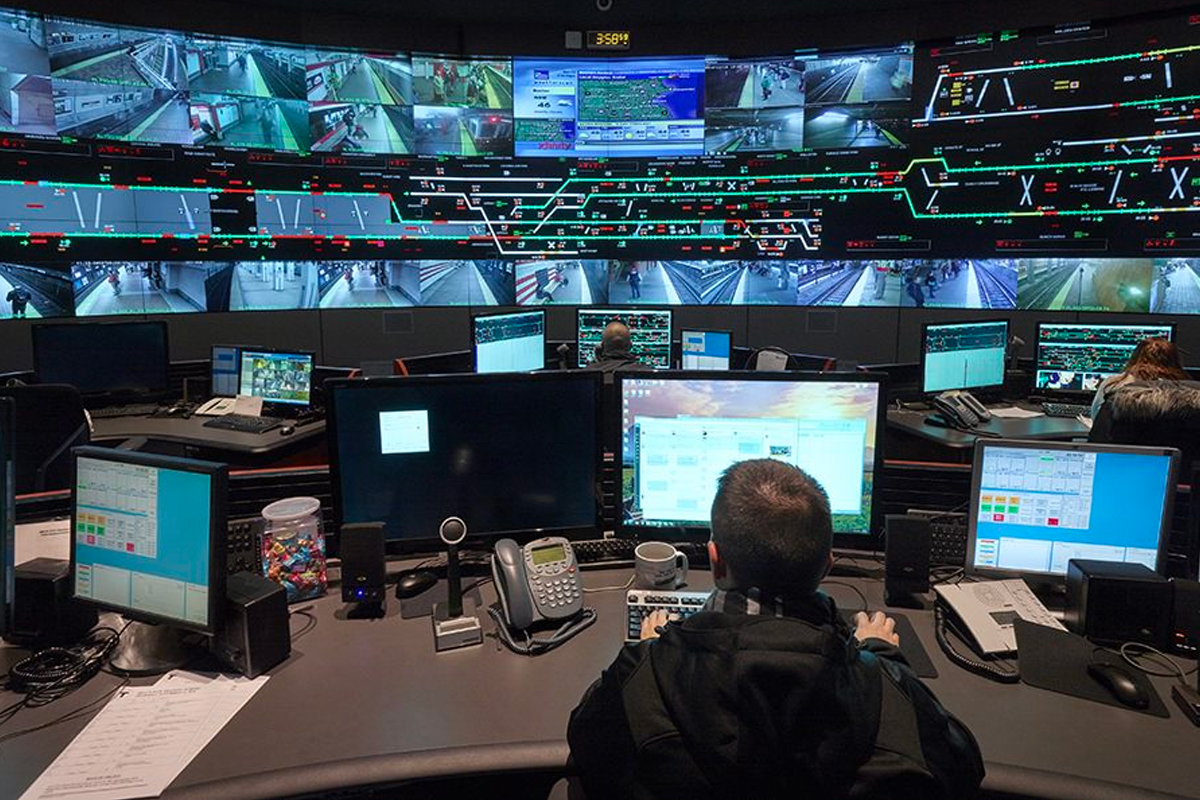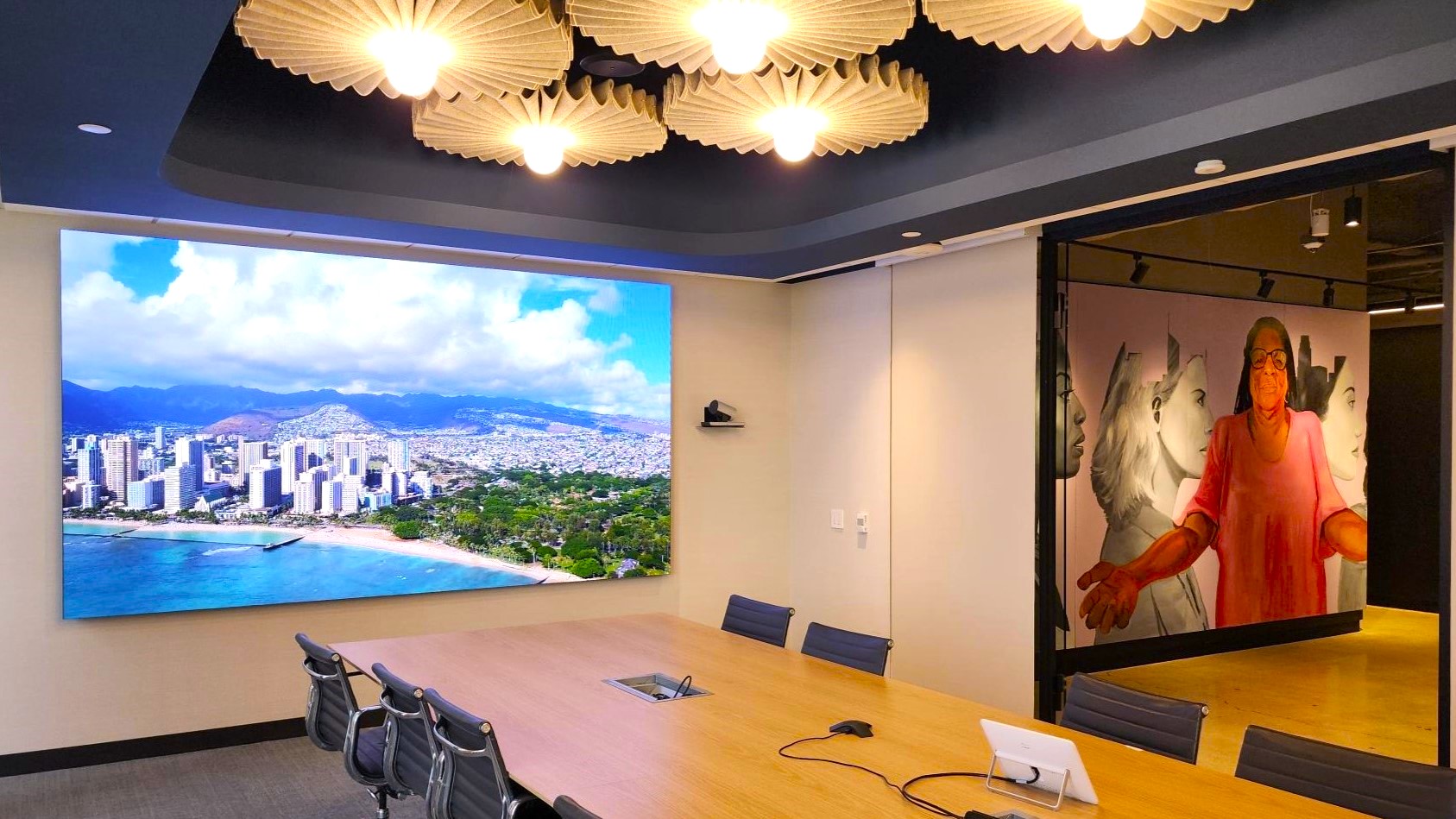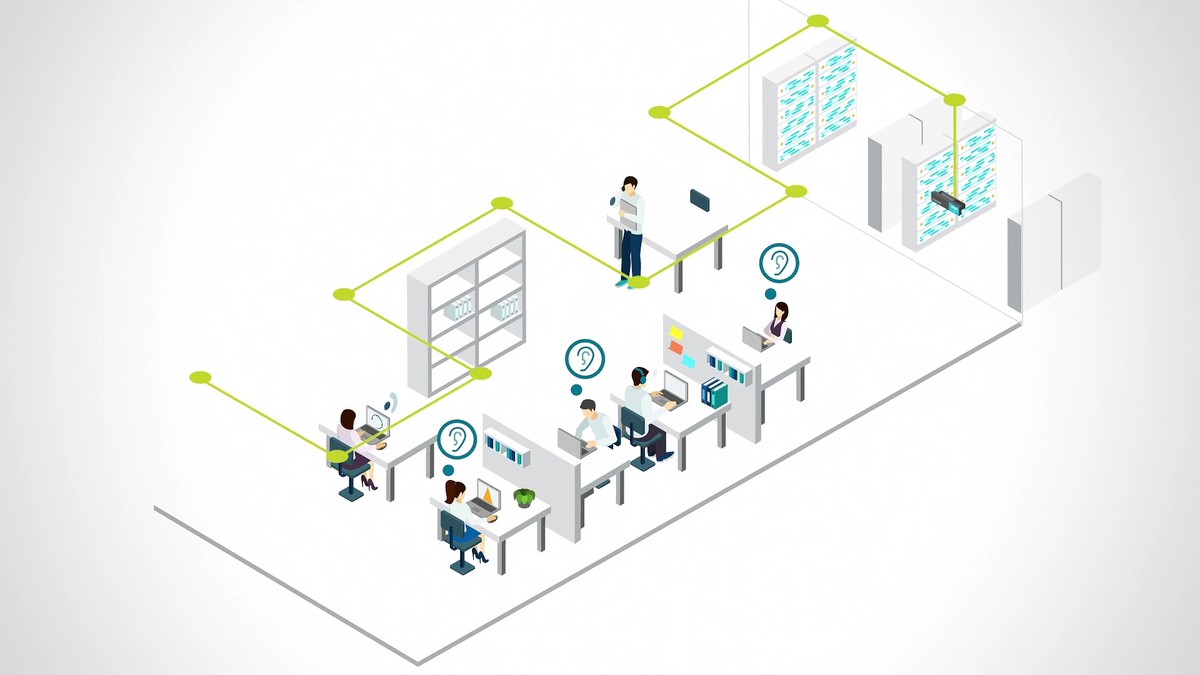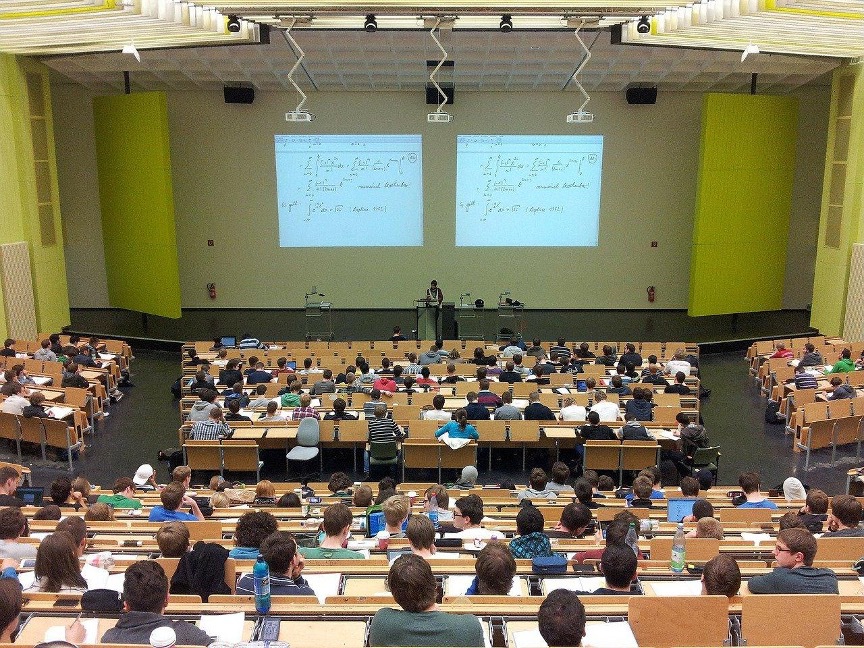
Higher ED AV Safety
Audiovisual (AV) devices can significantly enhance learning experiences and contribute to a rich educational environment. However, they also present certain health and safety risks. Mounted TVs, external speakers, and overhead projectors are just some of the potential hazards found in an average university classroom.
The following tips and best practices apply to most college classrooms with AV equipment. These suggestions do not require expensive purchases or extensive training. Instead, they focus on cost-effective devices and straightforward actions that AV professionals can employ to protect themselves and others from common injuries.
Power Management
Surge protectors can safeguard AV equipment from sudden electrical surges that may damage equipment or even cause fires. Most modern surge protector models are affordable and unobtrusive. Some power strip models even include built-in surge protectors.
Power surges can result from lightning storms or routine processes like power grid switching. Although not all power surges are harmful, the risk posed by a major power surge makes surge protectors essential for every college classroom.
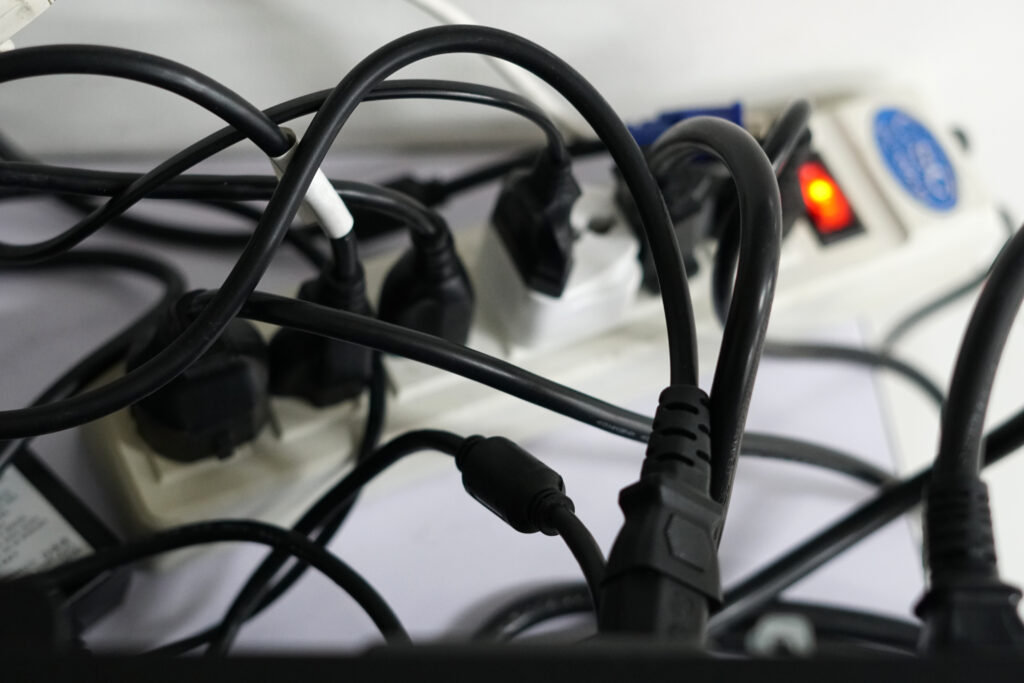
How can upgraded video conferencing help with communicating from anywhere?
Upgraded video conferencing enables two or more people to communicate with one another online with video or audio. With UC, users can connect to their company’s videoconference from any location with an internet connection. This gives workers the ability to take part in meetings and discussions from wherever they are — whether they are working at home, on the go, or remotely.
Synchronous video streaming technology makes it possible for everyone in the meeting to see and hear one another without interruption, making the conversation more efficient and organized. Additionally, by using shared whiteboard features and chat tools, businesses can help employees collaborate more effectively. All of this means that companies can work from anywhere without having to give up on quality communication.
You can use video UC to access files, emails, calendars, and other documents. It also provides voice communication capabilities so you can stay in touch with coworkers. Choose the method or combination of methods that best suits your classroom.
Proper Projector and TV Mounts
Properly mounting an overhead projector or TV is essential to prevent injuries. Overhead projectors are heavy and unwieldy, and even a short fall can result in severe injury or death. To avoid dangerous accidents, follow these best practices for projector and TV mounting:
While preparing to mount the projector, be cautious when climbing a ladder if one is needed. The following section will discuss ladder safety in greater detail.
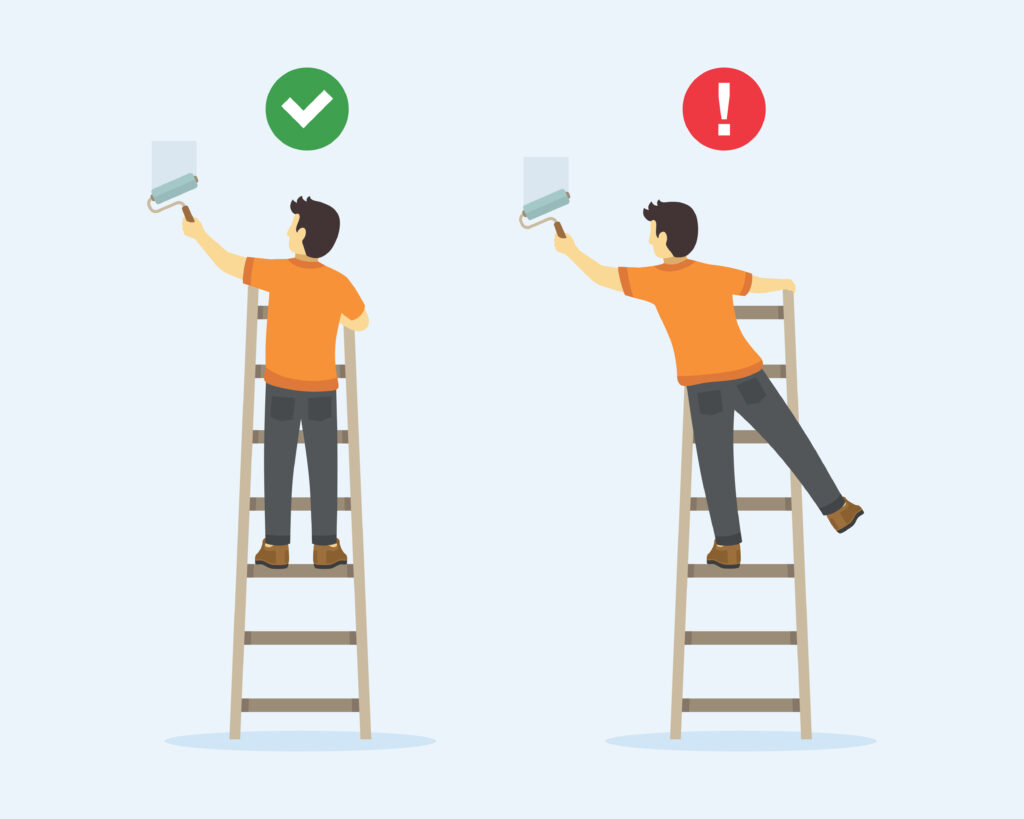
Ladder Safety
According to the Occupational Safety and Health Administration (OSHA), workers who use ladders in construction risk permanent injury or death from falls and electrocutions. These hazards can be significantly reduced or eliminated by adhering to good safety practices.
Ladders are a common tool, and unlike chainsaws or lathes, workers often don’t perceive them as inherently dangerous. However, each year, over 164,000 people in the U.S. alone visit the emergency room, and more than 300 die from ladder-related accidents. Most of these fatalities involve falls from under 10 feet.
AV workers use ladders for various tasks, from mounting a TV to managing wall-mounted cords. To safeguard against injuries, workers should follow these safety tips:
Although it’s impossible to eliminate ladder-related injuries entirely, adhering to these best practices can help AV workers maintain a safe working environment.
In 2021, the U.S. reported over 2.6 million workplace injuries, many of which were preventable. When it comes to AV safety in the classroom, the risks are twofold. AV workers must prioritize their safety while setting up or disassembling equipment and also ensure a secure environment for students and instructors.
Implementing impactful safety practices doesn’t require significant time or effort. Many safety tools are affordable and easy to acquire. Establishing a safe classroom environment primarily involves being mindful. Remember, when it comes to AV safety, an ounce of prevention is worth a pound of cure.
Talk to Us About Your Project
Too busy to chat right now?
Send us a message.

